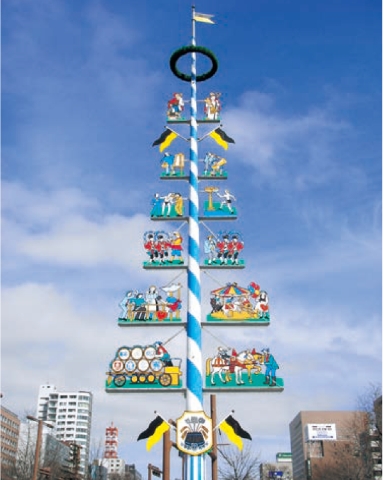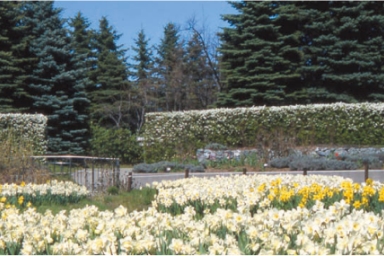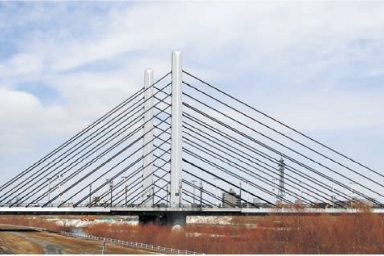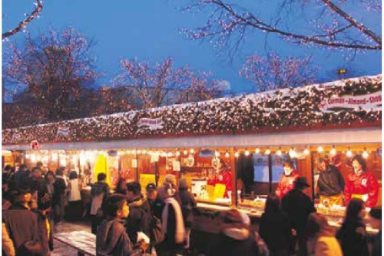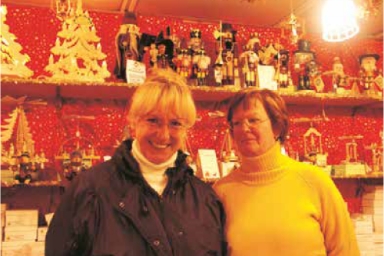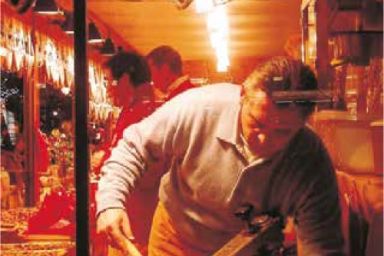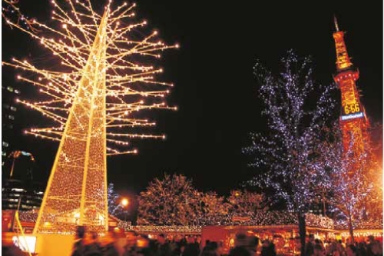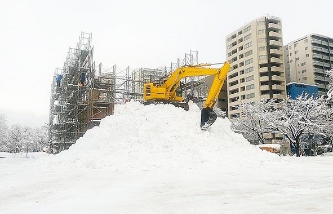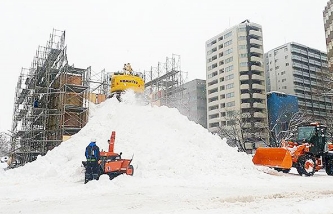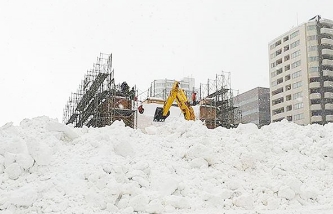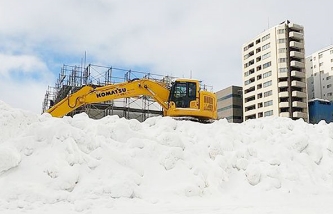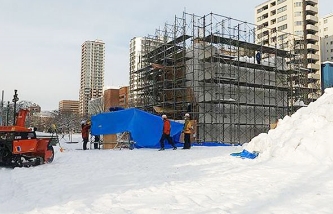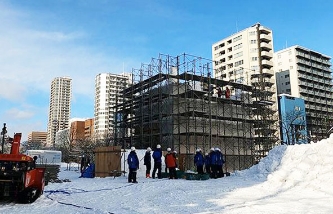50th Anniversary of Sister City Relationship 2022 is the 50th anniversary of the sister city connection between Sapporo and Munich! SISTER CITY
Sapporo and Munich became sister cities in 1972, when they were chosen to host the Winter Olympics and Summer Olympics respectively. They have since continued to engage in multiple exchanges and events throughout the years. 2022 will mark the 50th anniversary of our partnership.
50 Years of the Sister City Connection Between Sapporo and Munich
- 1972
-
Signed a sister city agreement after being selected as hosts for the Winter and Summer Olympics respectively.
- 1976
-
Munich City donates a maypole to commemorate the 5th anniversary of their sister city affiliation (Odori Park, West 11-Chome)
- 1982
-
Recreation of Munich's Frauenkirche at the Sapporo Snow Festival (Makomanai Site)
- 1986
-
In cooperation with the city of Munich, the Munchener Garten (Munich Garden) was created in Yurigahara Park as part of the Flower and Greenery Exposition.
- 1987
-
In commemoration of the 15th anniversary of the sister city affiliation, the South 31-jo Bridge, which was started in the same year, was named the "Munich Bridge" (opened in 1991).
- 1992
-
Bavarian Radio Symphony Orchestra performs at the Pacific Music Festival Sapporo.
- 1997
-
Recreation of the Bavarian National Museum (giant snow sculpture) at the Sapporo Snow Festival.
- 2002
-
The Bavarian State Opera (giant ice sculpture) was recreated at the Sapporo Snow Festival. The first Munich Christmas Market event in Sapporo was held to celebrate the 30th anniversary of the sister city connection.
- 2006
-
First Mini Sapporo Children's Town modeled after the "Mini Munich" held in Munich.
- 2007
-
Sapporo German Village, serving Munich beer and snacks, appears in the Sapporo Summer Festival beer garden.
- 2012
-
Commemorating the 40th anniversary of the sister city connection, the Autumn Beer Fest in Sapporo Factory begins.
- 2017
-
The 45th anniversary of the sister city connection was promoted at the beer garden at the 8-Chome venue.
- 2022
-
50th Anniversary of Sister City Connection
Munich, the City of Beer and Art
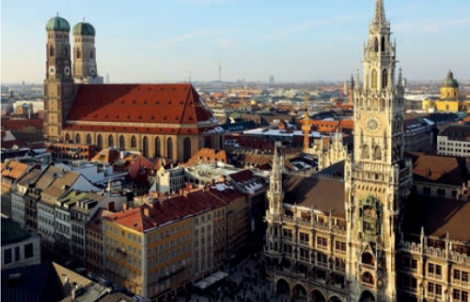
Munich, the capital of the largest German state of Bavaria, is the third largest city in Germany after Berlin and Hamburg. It is the economic, political, and cultural center of southern Germany. Since the 12th century, the city has prospered under the Bavarian royal castle of the Wittelsbach family. For 800 years, the city has been known as the "Athens of the Isar" for its many gorgeous palaces and creative works left behind by art-loving kings. In autumn, the famous Oktoberfest event is held, drawing visitors from all over the world!
Location and Area
Coordinates: 48.1351° N, 11.5820° E
Area: 310km²
Located in the southeast of Germany, the Isar River, which is sourced in the Alps, flows through the center of the city. The mountainous Alps rise up in the south with pristine lakes and beautiful forests. Also, it is located almost in the center of Europe, where travelers can fly to London or Rome in about two hours.
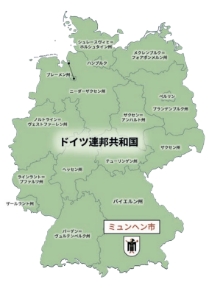
Population
Home to about 1.56 million people, Munich is nicknamed the "Village of a Million" because it is a big city without the coldness of a metropolitan, and instead, full of warmth, humanity, and lively festivals.
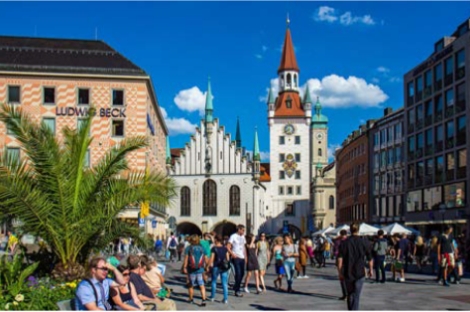
Climate
Located in the center of Europe, it is the turning point between the Atlantic coastal and continental climates. In summer, the temperature can exceed 30°C, but the low humidity makes the climate comfortable for visitors from Japan.
City Emblem
The city's emblem is based on the motif of a monk, as the native name, München, is originally means "by the monks' place".
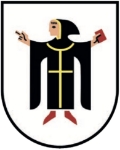
Sister City Exchange - Cities Linked by the 1972 Olympics
Sapporo and Munich are famous as "beer cities".
As destiny would have it, the cities were selected as venues for the winter and summer Olympics in 1972.
Sapporo and Munich share many parallels as well, such as similar latitudes and populations. Moreover, both Hokkaido prefecture and Bavaria state have livestock as their prominent industries.
When the mayor of Munich visited Sapporo in February 1972 to observe the Olympic Games, he made a formal application for the cities to become sisters. On August 28 of the same year, the third day of the Munich Olympic Games, a sister city signing ceremony was held at Munich City Hall, marking the first step toward eternal friendship.
Munich found in Sapporo
Maypole (Odori Park, 11-Chome)
Meaning "Tree of May" in German, it is a decorative piece famous during the May Festival. The Maypole in Odori Park was a gift from Munich city in 1976 to commemorate the sister city connection.
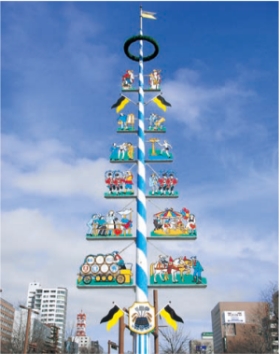
Munich Bridge (Minami 31-Jo Bridge)
This architectural beauty is a "cable-stayed bridge" spanning over the Toyohira River. It was named in commemoration of the 15th anniversary of the sister city connection between Sapporo and Munich. At night, the dazzling lights shine against the dark stillness.
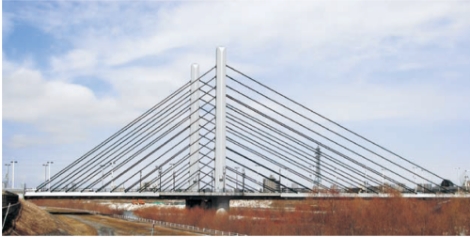
Munchenagarten (Yurigahara Park)
This garden was donated by the city of Munich when the Flower and Greenery Exposition was held in Sapporo in 1986. Designed by Munich landscape architect G. Toitsch, this sunken garden is in constant bloom from spring to autumn. Surrounded by conifers and Munich flowers, the Bavarian-style garden is a popular place for relaxation and floral enthusiasts.
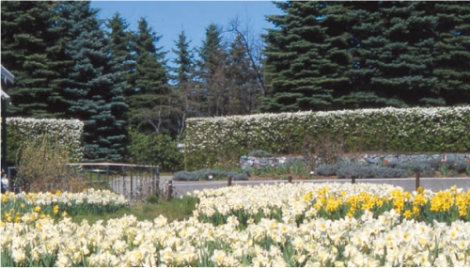
History - From a Monastery Village to a City of Arts
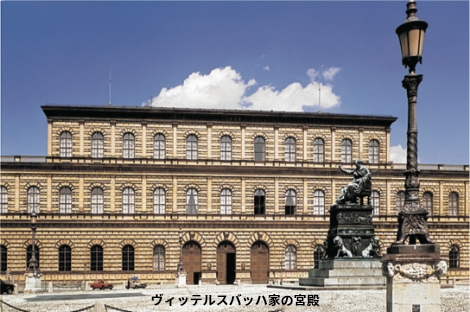
Munich originated as a village built by Benedictine monks on the banks of the Isar River in the 10th century, thus the original meaning of the city name "by the monks' place".
The history of Munich began in 1158, when King Heinrich the Lion built a new bridge over the Isar River to ensure that the salt trade passed through the city. Munich, once a small village with a simple monastery, soon grew to become an important hub and became rich.
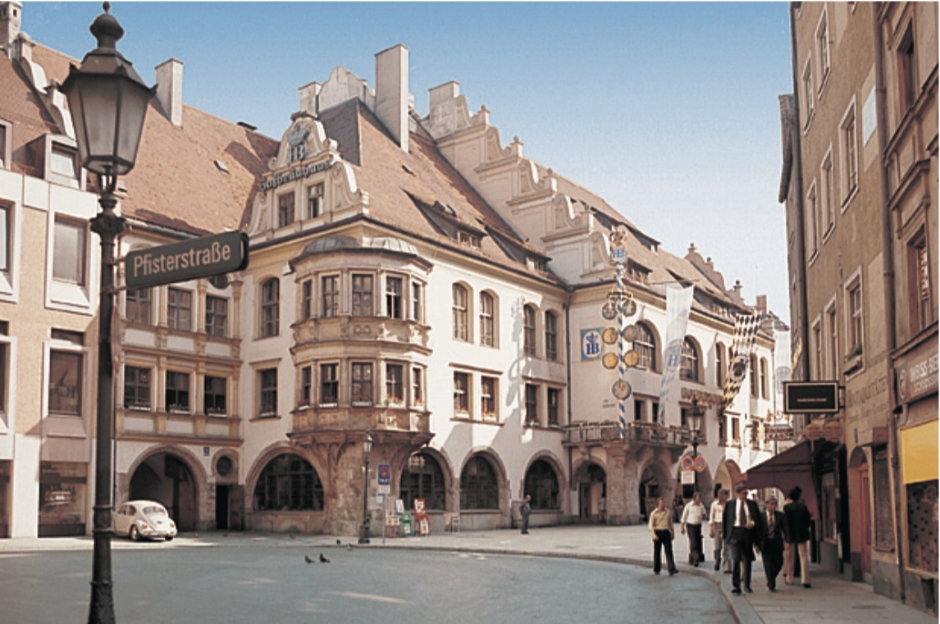
In 1180, the city came under the stewardship of the Wittelsbach family and became the capital of Germany as the seat of the royal court. Many works of art collected by the Archdukes of Wittelsbach are still preserved today. During the 17th and 18th centuries, Munich was known as the "Rome of Germany," where many Baroque buildings were constructed.
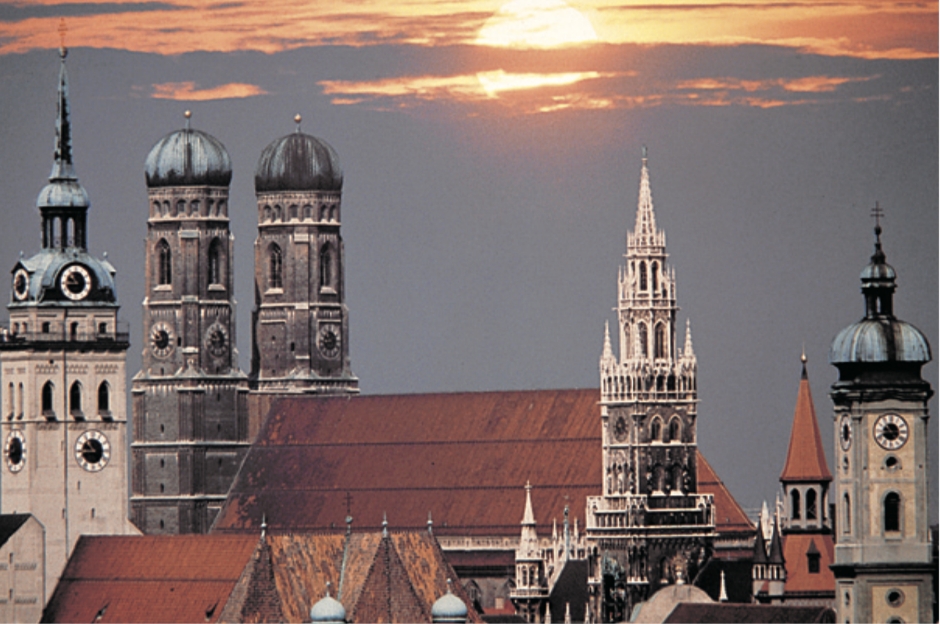
Bavaria, which became a kingdom in 1806, built classical architectures in Munich to "make the city the pride of Germany”. During the Second World War, 45% of Munich was reduced to rubble. However, the city was successfully rebuilt and hosted the Summer Olympics in 1972. This global event led to the construction of municipal subways and suburban trains, which in turn, has led to today's economic development.
Olympiapark
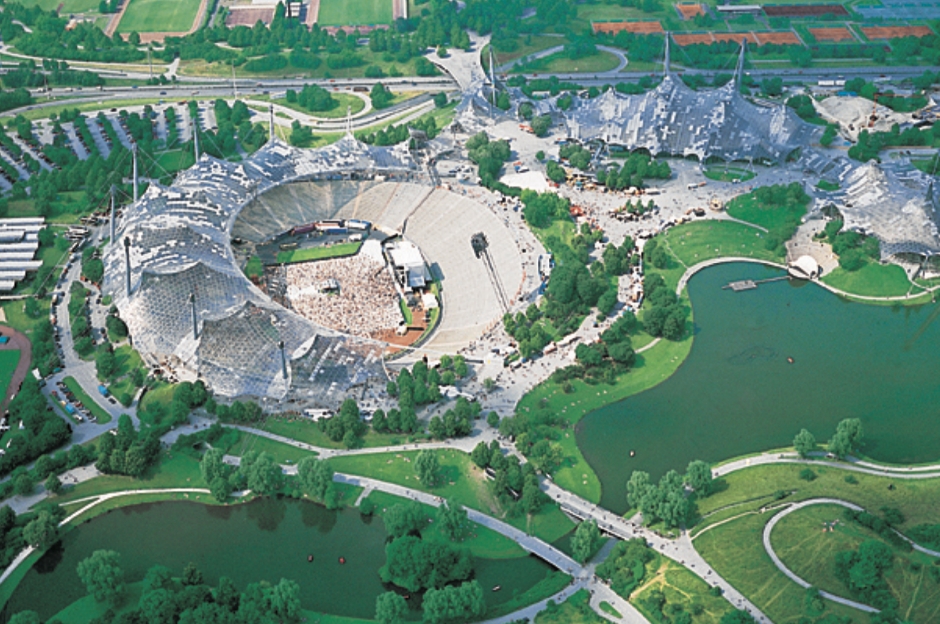
The 20th Olympic Games were held in Munich in 1972. The Olympic Stadium was used as the main stadium for the Games and subsequently also for numerous other sports tournaments, including the 1974 World Cup in West Germany. With a height of 290 meters, the Olympic Tower is Munich's tallest observatory, giving visitors a spectacular view all the way to the Alps. Many of the facilities here are open to the public for leisure activities, where many locals enjoy playing sports during holidays.
Reaching Out - Sharing Our Cities' Culture
Munich Christmas Market in Sapporo
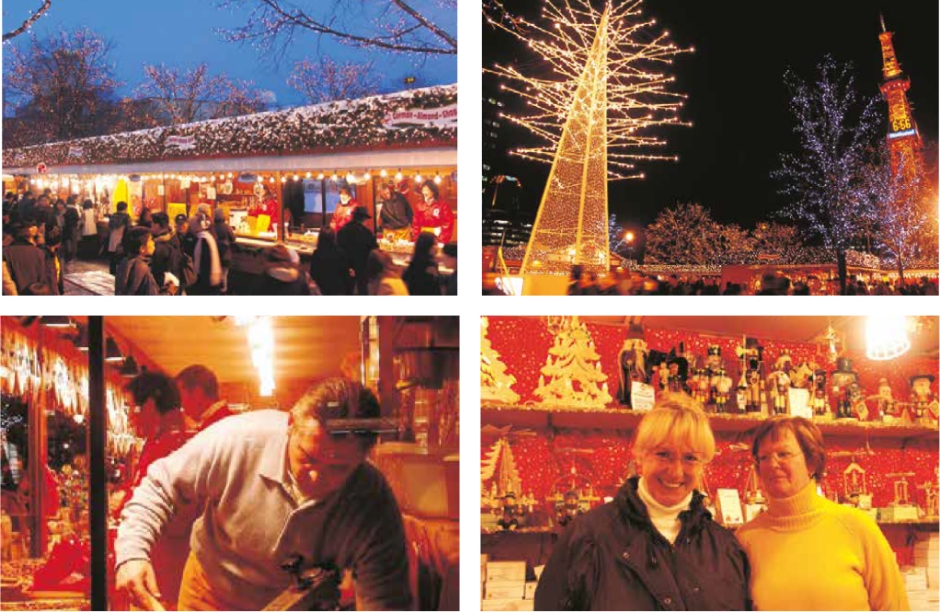
In 2002, to commemorate the 30th anniversary of the sister city connection, Sapporo hosted the Christmas Market, a traditional German event. Afterwards, every year from the end of November to mid-December, Odori Park 2-Chome becomes lined with shops selling Christmas goods and crafts from Germany. Amongst the festive spirit, the air is filled with the aroma of delicious sausages and glühwein (hot wine). This annual event attracts many citizens and tourists not only to shop, but also to meet Germans and enjoy the various fun events held at the market. There are also many volunteer language interpreters on-site who can help connect German vendors and visitors.
Sister School Exchanges
There are schools in Sapporo that have sister school relationships in Munich as well. In 2002, on the 30th anniversary of the sister city relationship, elementary and junior high students from Sapporo visited their sister schools in Munich. At the same time, a delegation from Munich also visited schools in Sapporo.
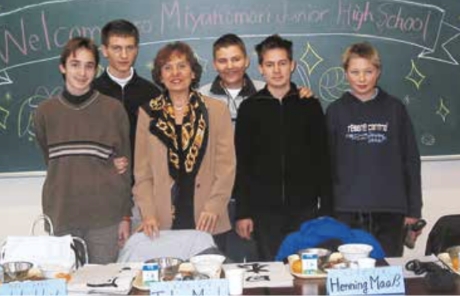
| Connection Date | Name of affiliated schools(Sapporo) | Name of affiliated schools(Munich) |
|---|---|---|
| August 1982 | Hokkaido University | University of Munich |
| September 1987 | Sapporo Inazumi Junior High School | Maximilian Gymnasium |
| September 1987 | Sapporo Miyanomori Junior High School | Ricarda Huch Secondary School |
| Connection Date | August 1982 |
|---|---|
| Name of affiliated schools (Sapporo) |
Hokkaido University |
| Name of affiliated schools (Munich) |
University of Munich |
| Connection Date | September 1987 |
|---|---|
| Name of affiliated schools (Sapporo) |
Sapporo Inazumi Junior High School |
| Name of affiliated schools (Munich) |
Maximilian Gymnasium |
| Connection Date | September 1987 |
|---|---|
| Name of affiliated schools (Sapporo) |
Sapporo Miyanomori Junior High School |
| Name of affiliated schools (Munich) |
Ricarda Huch Secondary School |
YOSAKOI Soran
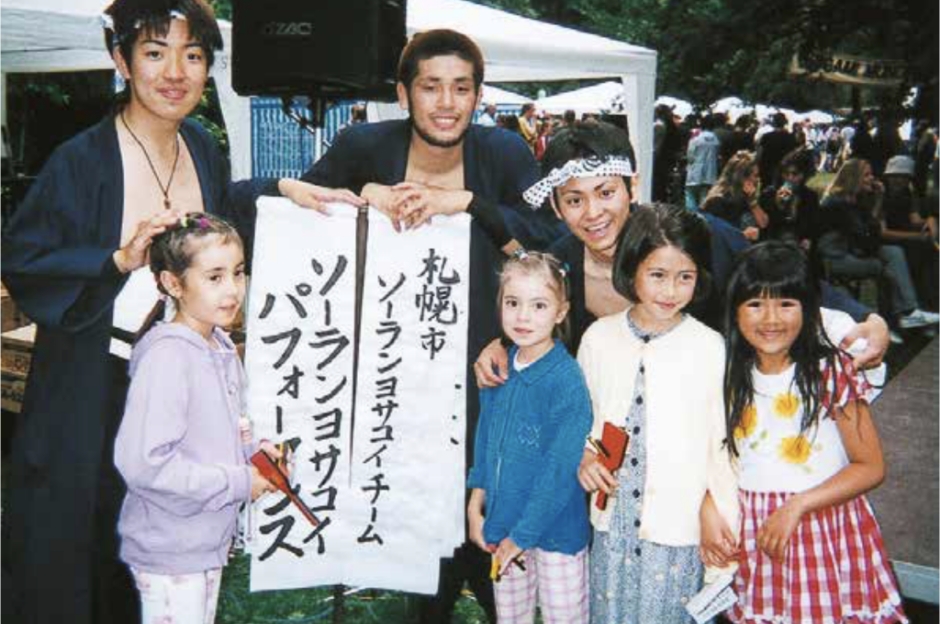
Once a year, Munich holds the Japan Festival to introduce Japanese culture. In 2002, a team of 12 students from YOSAKOI Soran, Sapporo's premier dance festival, participated in the Japan Festival and performed their routine. The powerful dance enchanted the citizens of Munich, and by the end, many of the audience had joined in on the performance.
Sports Exchange
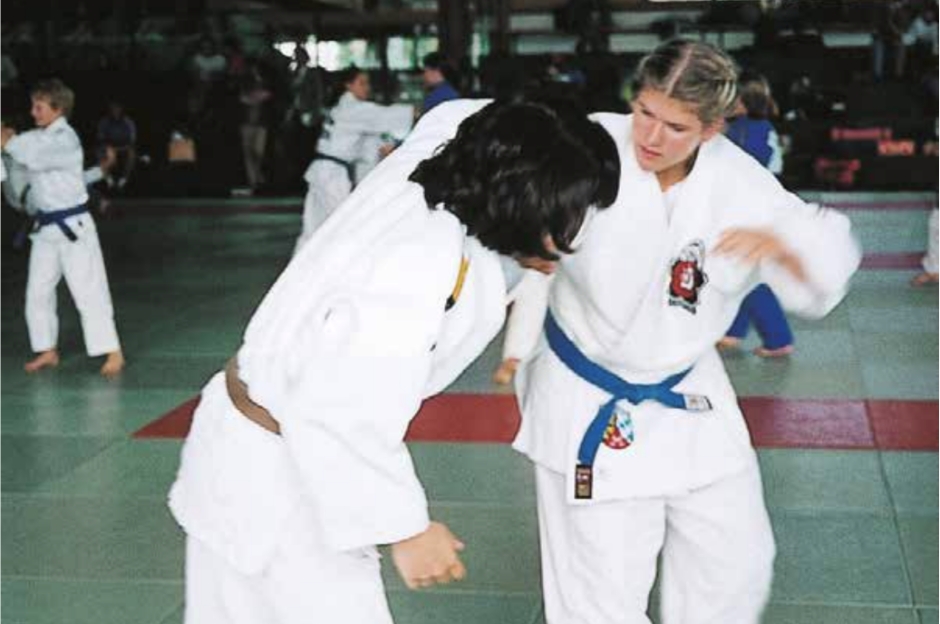
Sporting exchanges between Munich and Sapporo is very common. For example, the professional soccer team, 1860 Munich, participated in a Hokkaido International Youth Soccer Tournament. Runners from Sapporo continue to participate in the Munich Media Marathon. Female judoka from a junior high school in Sapporo also visited Munich for an exchange match in 2002. And athletes from the Sapporo Boat Association and Munich Boat Club formed a mixed team to participate in a regatta held in Munich in 2017.
Highlight - A Typical Building in Munich
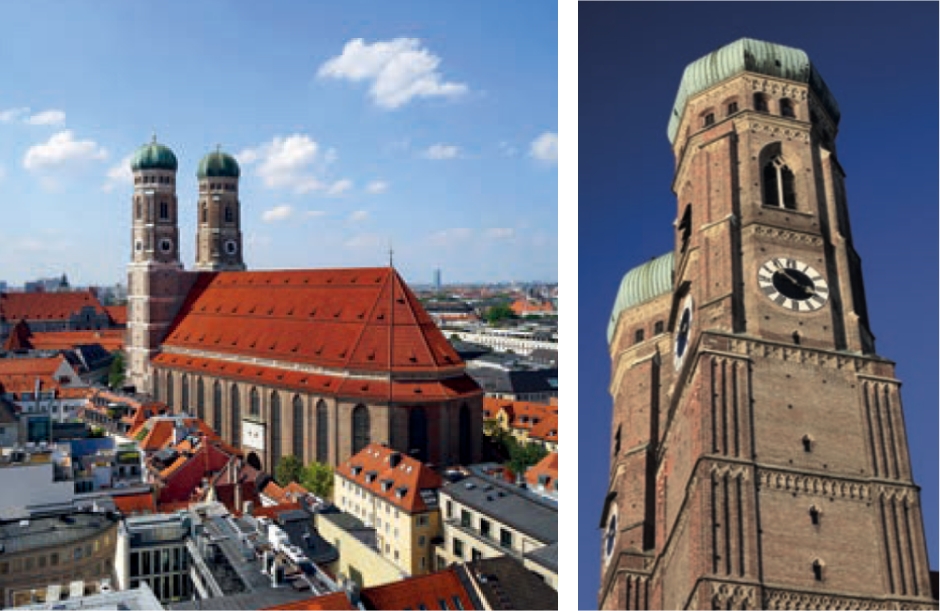
Frauen Church
The Frauen Church, built in the late Gothic style between 1468 and 1488, is symbolized by the onion-shaped roofs capping the two towers. There are a number of small chapels in the aisles on either side, decorated beautifully with sculptures and paintings. Visitors who make their way up one of the towers can enjoy a panoramic view of Munich at the top.
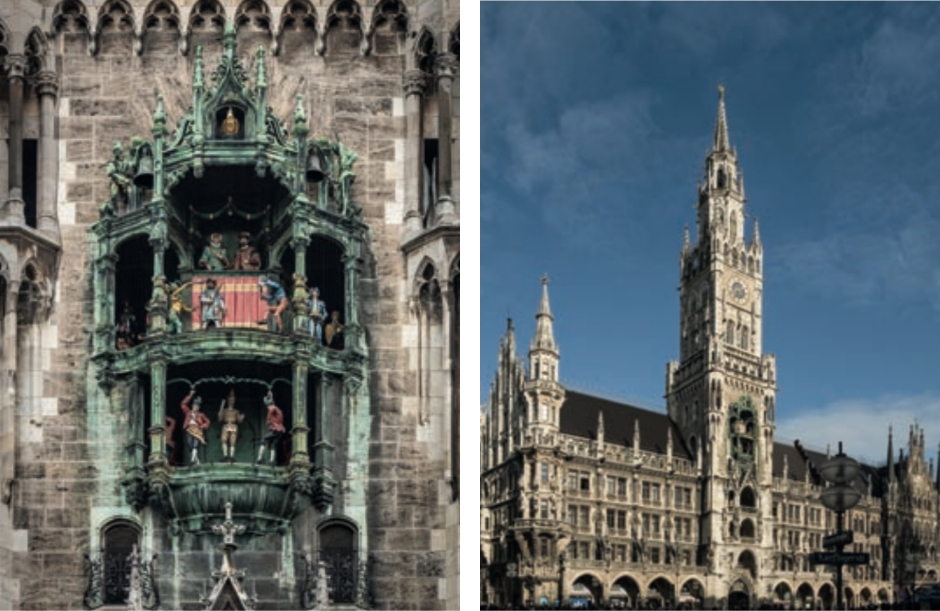
The New Town Hall
The neo-Gothic New Town Hall, built between 1867 and 1909, is famous for the Rathaus-Glockenspiel, the largest clock in Germany. The Marienplatz square is also very popular and usually packed with tourists who come to see the 32 life-sized figures dance.
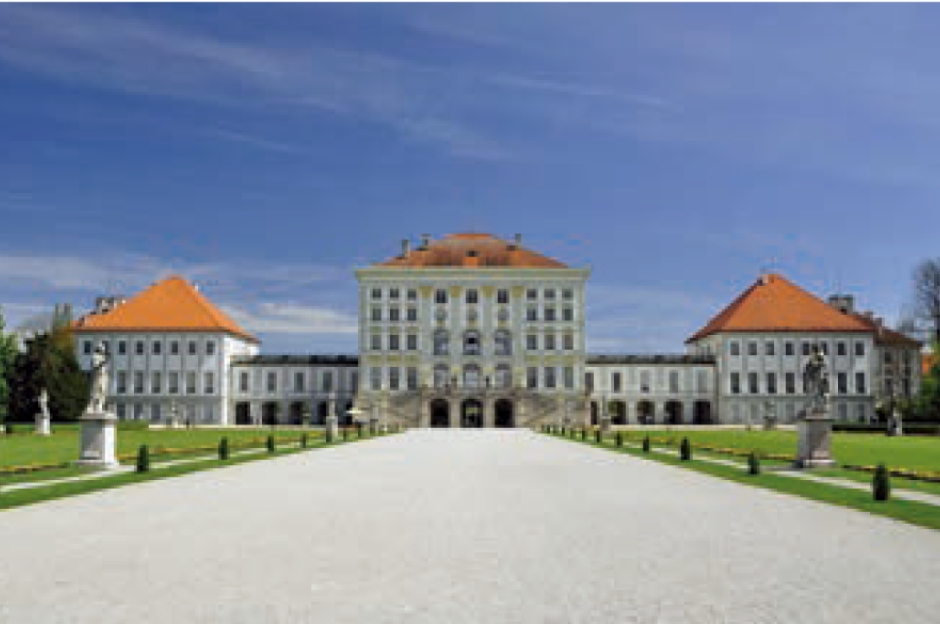
Nymphenburg Palace
Nymphenburg Palace was built as the summer residence of the Wittelsbach family and is one of the largest Baroque castles in Germany. The wide grounds include canals that run from side to side and a wide variety of gardens. King Ludwig I's "Gallery of Beauties" in the south wing is a popular tourist attraction, with 36 portraits of beautiful Munich women adorning the walls.
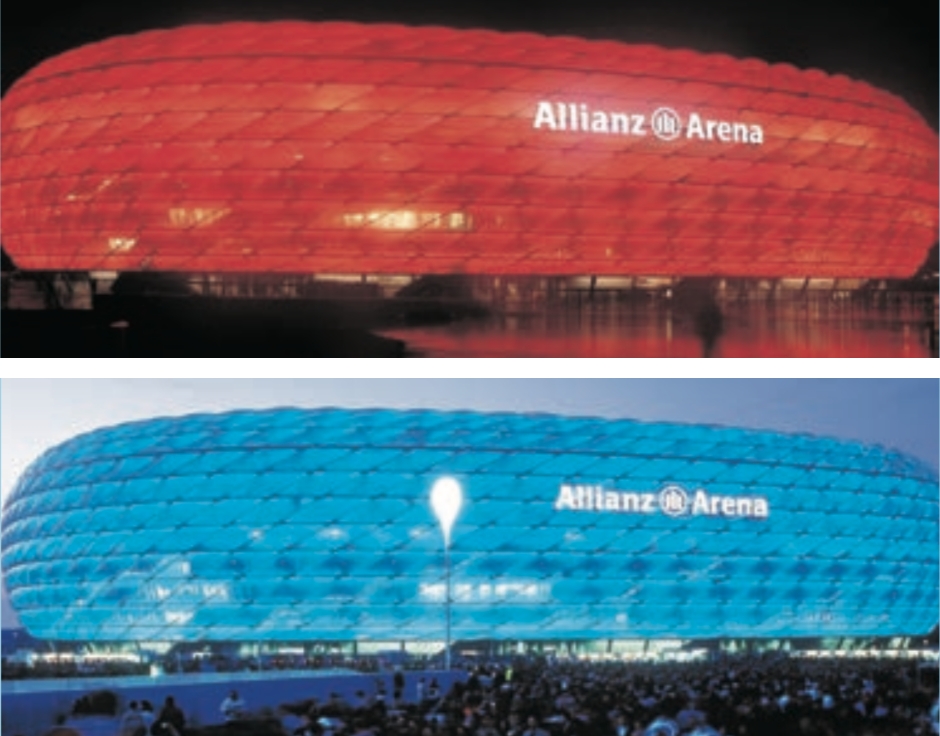
Allianz Arena
The soccer stadium, first opened in 2005, has a capacity of 66,000 people and is home of the professional soccer teams Bayern Munich and 1860 Munich. On match days, the stadium glows red for Bayern Munich, blue for 1860 Munich, and white for the German national team.
Event - World's Biggest Beer Festival and Christmas Market
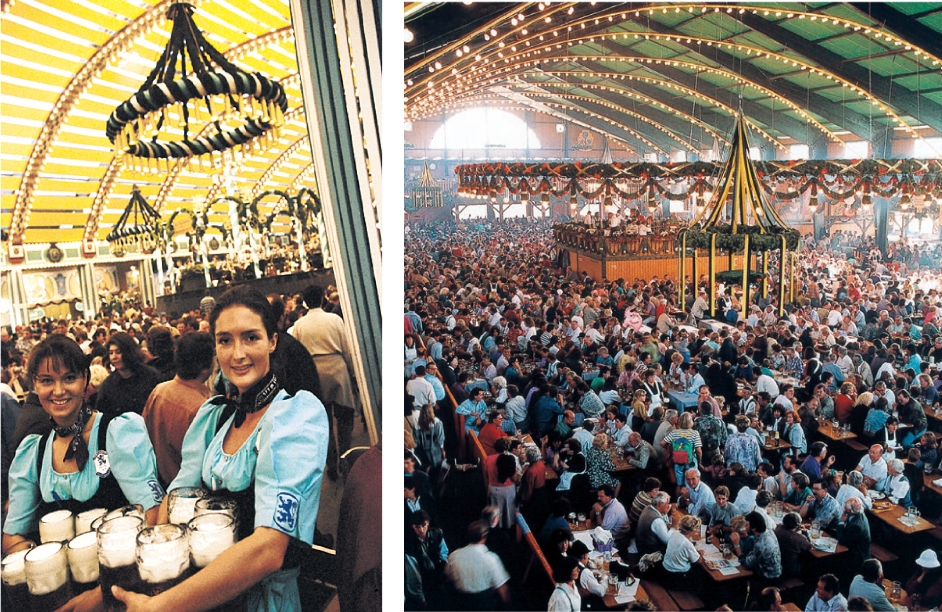
Oktoberfest
Oktoberfest, which started in 1810 to commemorate the marriage of King Ludwig I of Bavaria, is a world-famous festival that attracts about 7 million visitors every year. The Theresienwiese festival site, becomes lined with huge tents by various breweries and is filled with the excitement of people often with beer mugs in their hands. There is also an amusement park, a parade, and many other fun attractions, making this a festival where both kids and adults can enjoy! You can even try Oktoberfest Bier, a beer only available during the festivities.
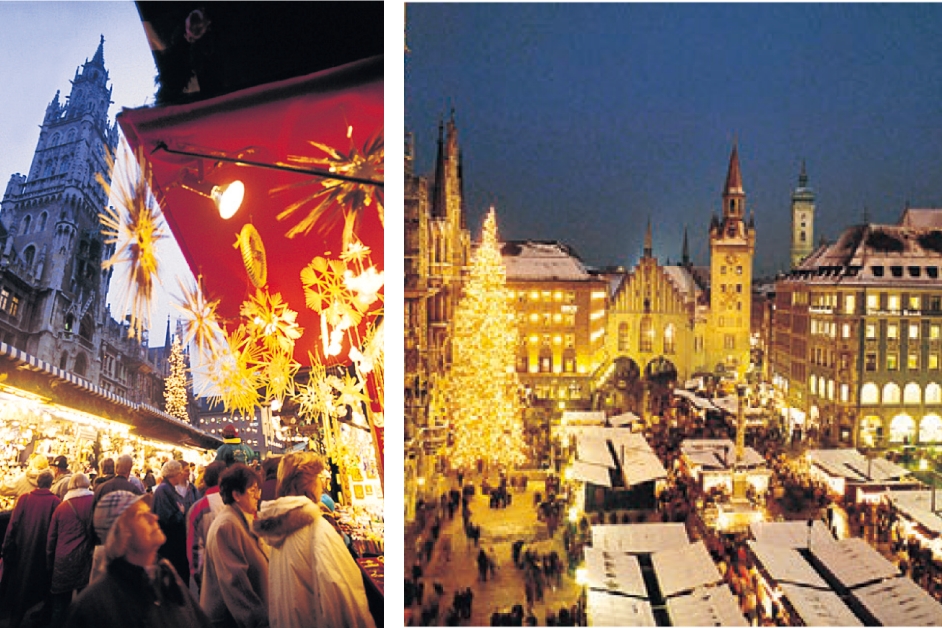
Christmas Market
Every year from the end of November to Christmas, German cities are bustling with Christmas markets. In the bigger city of Munich, there are several Christmas markets in different areas, but the main one is at the Marienplatz square. There, visitors can marvel at the 30-meter-tall Christmas tree decorated with 2,500 lights! Various stalls selling Christmas ornaments, souvenirs, and sweets can also be found. The festive spirit is further lifted by the beautiful illuminations of the New City Hall, attracting 3-million visitors annually to this traditional event. Christmas cheer spread by choral groups and the unique aroma of glühwein (hot wine) only add to the lively atmosphere.
Production of the 50th Anniversary Snow Sculpture
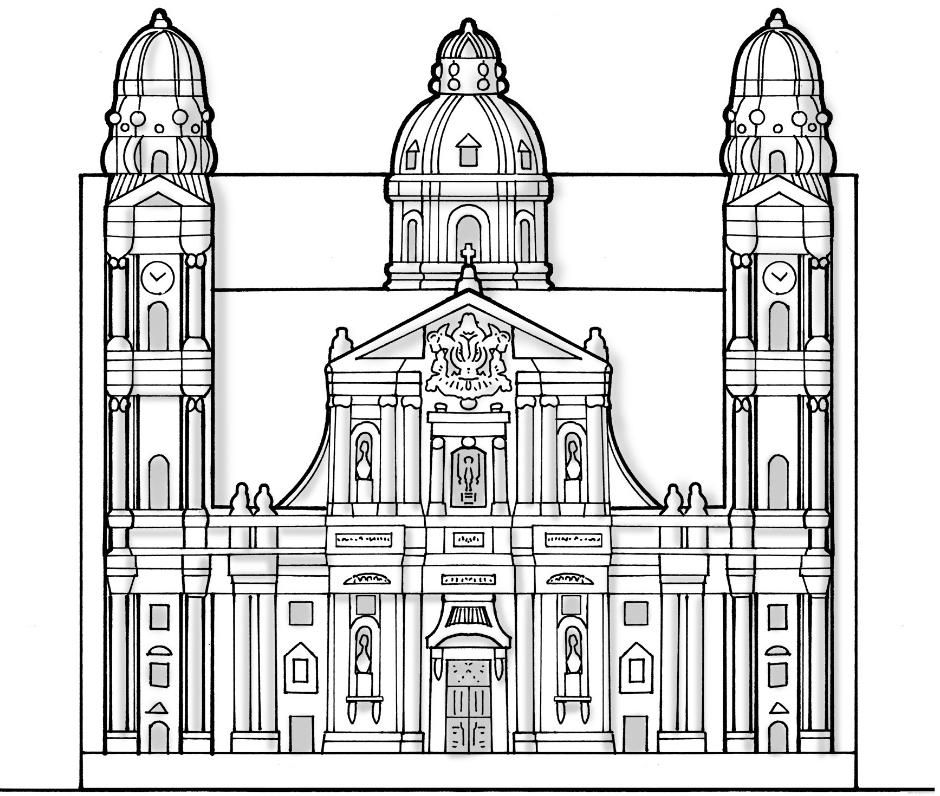
In commemoration of the 50th anniversary of our sister city relationship, we were planning to build a snow sculpture of the Theatine Church in Munich for the Snow Festival at the Odori venue. Likewise, Munich was also planning to create an ice sculpture related to Sapporo. Unfortunately, both plans had to be cancelled due to the ongoing Coronavirus situation.
What is the Theatine Church?
Theatine Church, located in the center of Munich, is one of the most beautiful churches and landmark in the city. The impressive architecture, featuring two 60-meter clock towers with domed roofs, is stunning both inside and out.
